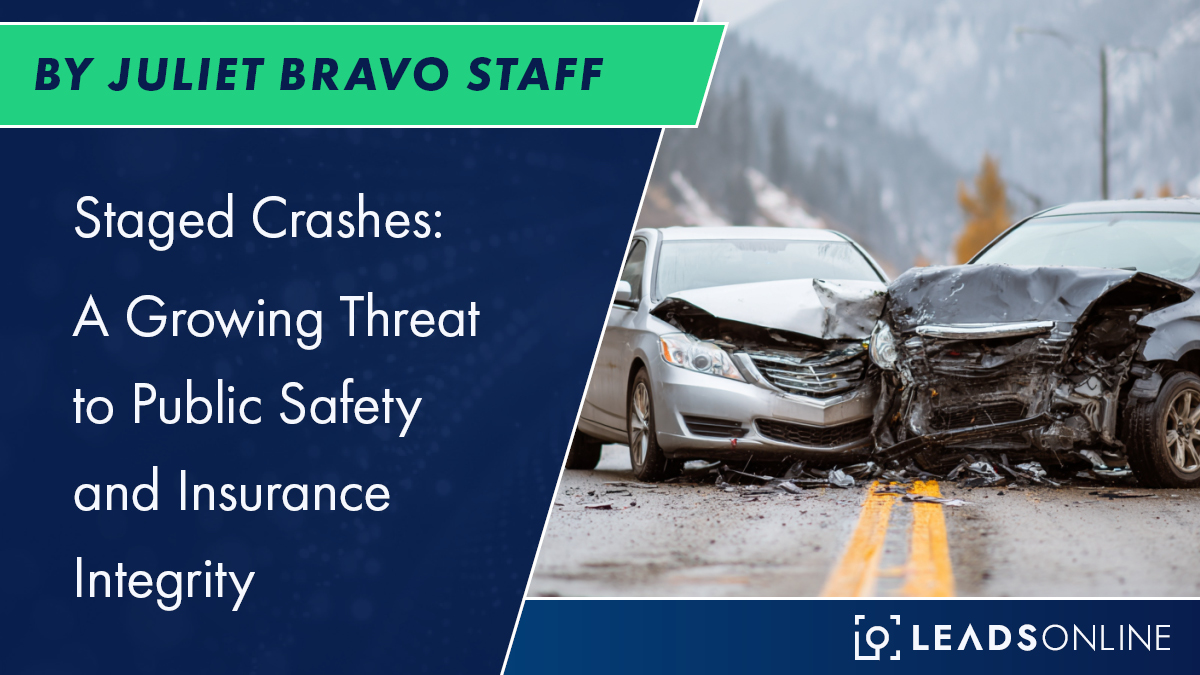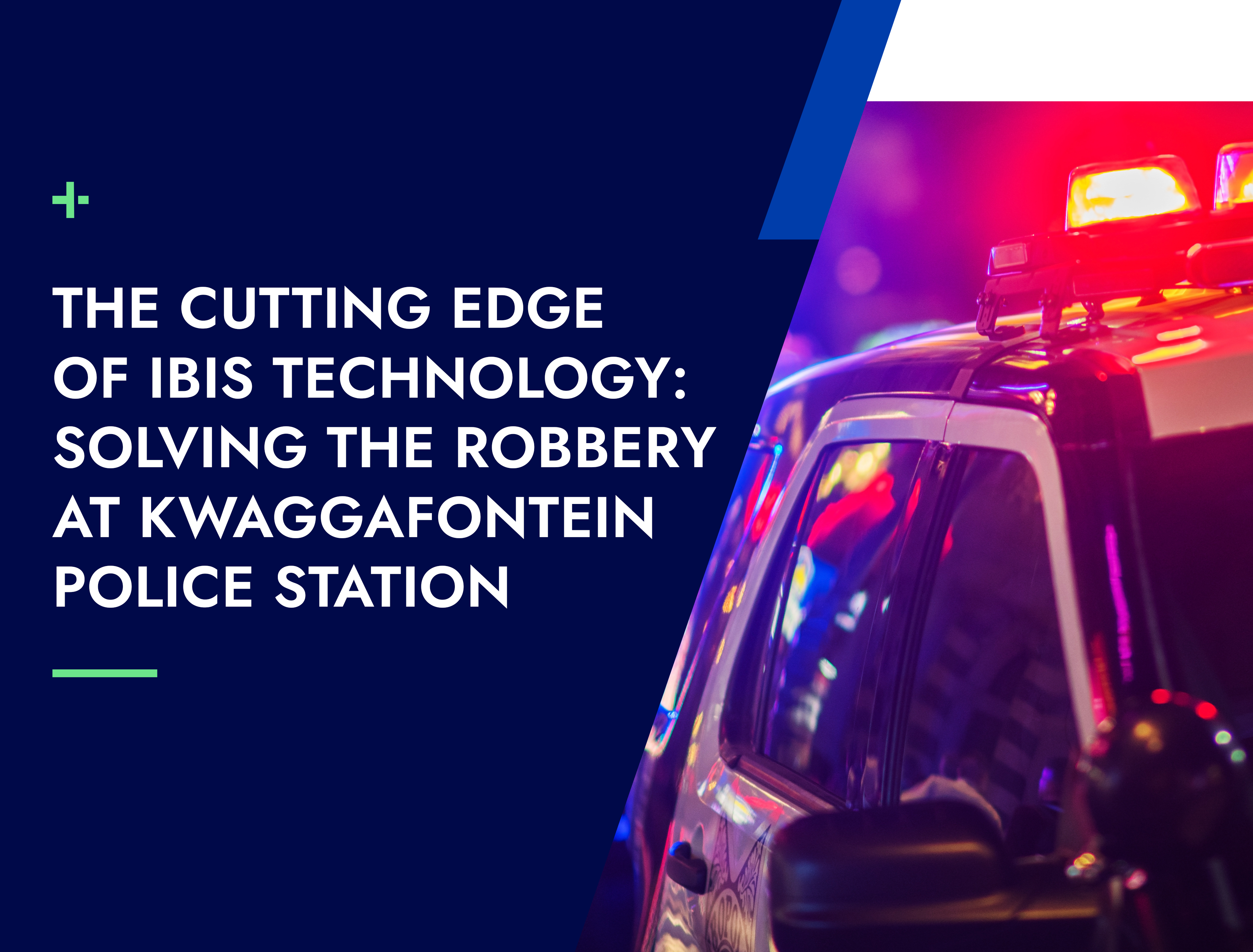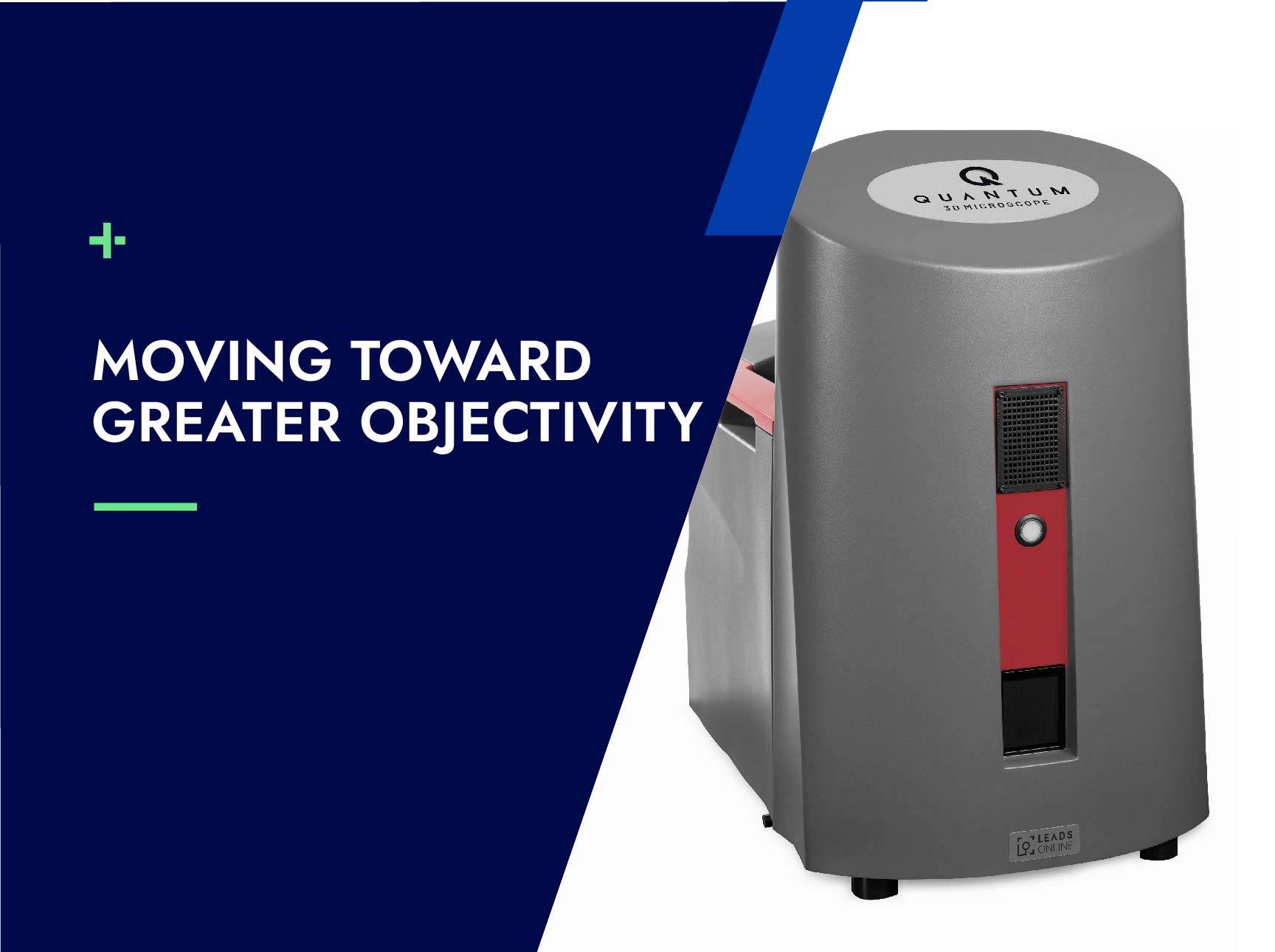Imagine this: A compact SUV runs a red light and collides with an ultra-luxury vehicle. The scene appears minor. No injuries and minimal damage. A tow truck arrives, claiming it was dispatched by the insurance company. You assess the situation, determine it’s a civil matter, and clear the scene.
Weeks later, both vehicles are declared total losses, resulting in six-figure payouts from the insurers. Months after that, newly reported injuries evolve into long-term disabilities. A massive bodily injury claim follows. What seemed like a simple traffic incident now reveals itself as something far more complex.
This is the world of staged crashes; deliberate, organized schemes designed to exploit the insurance system for financial gain.
What Is a Staged Crash?
Staged automobile collisions, commonly known as crash-for-cash scams, involve intentionally caused accidents that allow perpetrators to file exaggerated or entirely fraudulent claims. While some incidents are carried out by individuals acting alone, many are executed by well-organized criminal rings that operate across jurisdictions.
The tactics used can vary. One common method involves a vehicle abruptly cutting off another to cause a rear-end collision, a setup often referred to as a swoop and squat. Other schemes involve multiple vehicles working in coordination or fake passengers who later submit fraudulent medical claims.
Behind the scenes, these scams rely on a network of accomplices. Corrupt medical providers may fabricate injuries and provide false documentation. Certain body shops exaggerate damage, inflate repair costs, and apply storage fees to justify declaring the vehicle a total loss. Some tow truck drivers appear at the scene without being called, already part of the scam. Runners coordinate the logistics and attorneys guide participants through the legal and claims process. In many cases, these individuals are linked to larger criminal enterprises operating across city and state lines.
Why Law Enforcement Often Misses It
Law enforcement often struggles to detect and prosecute these crimes. Staged crashes can appear minor and are frequently treated as low-priority calls. Officers responding to high volumes of incidents may have limited time to identify red flags. Jurisdictional complications can make it difficult to connect the dots when the crash occurs in one area, the body shop is in another, and participants are scattered across different cities. Staged Collision training is not standard and is typically offered only through specialized courses.
Despite these challenges, progress is being made. In some states, dedicated insurance fraud units and collaborative efforts between law enforcement, prosecutors, and insurance companies are beginning to yield results. One notable case involved the Louisiana Insurance Fraud and Auto Theft Unit, which arrested several individuals for staging a crash that targeted a commercial trucking company. That scheme, which involved juveniles, resulted in nearly ten million dollars in fraudulent claims.
How Technology Is Changing the Game
One of the most powerful developments in combating these schemes is the use of vehicle technology. Event Data Recorders, often referred to as vehicle black boxes, record speed, brake pressure, and throttle input in the seconds before a collision. Telematics and infotainment systems produce massive amounts of data that can confirm a vehicle’s location, record patterns of aggressive driving, verify seat occupancy, and identify connected devices. Some newer vehicles are equipped with built-in dash cameras that record both inside and outside the car. Commercial fleets often use third-party management systems that track GPS data and provide camera footage.
In the earlier example involving the compact SUV, the vehicle was dismantled before the bodily injury claim was filed, likely to prevent access to EDR data. However, the investigative team extracted information from the SUV’s telematics and infotainment system. That data revealed the vehicle was in park at the time of the collision, contradicting statements made in the claim. Investigators found that the last connected device belonged to an individual employed at the body shop. Additionally, call logs retrieved from the vehicle showed that the supposed victim called the at-fault driver just one minute before the crash. These findings exposed the event as a staged crash and led to arrests.
Staged crashes are far more than insurance fraud. They divert emergency resources, increase insurance premiums for everyone, and put innocent people at risk. In some cases, innocent drivers are injured, while in others, they are wrongly held responsible. The financial impact on the insurance industry reaches into the billions each year.
The key to tackling these crimes lies in early detection, intelligent use of vehicle data, and strong collaboration across law enforcement, insurance investigators, and prosecutors. What appears to be a routine fender bender may actually be part of a sophisticated criminal network.
Key Resources for Investigators
Several national tools now exist to support staged crash investigations. As technology evolves, so do the tactics of these fraudsters. These resources can help law enforcement stay one step ahead.
- NICB ISO ClaimSearch®: A centralized platform for flagging suspicious claims and cross-referencing known fraudsters.
- LeadsOnline Connected Car Tool: Helps law enforcement access connected vehicle data, with search warrant templates and manufacturer contacts.
- IACP Vehicular Crimes Subcommittee: Provides law enforcement with training, case studies, and private-sector collaboration.
- AAMVA: Offers investigative resources on fraud tied to connected and autonomous vehicles.



